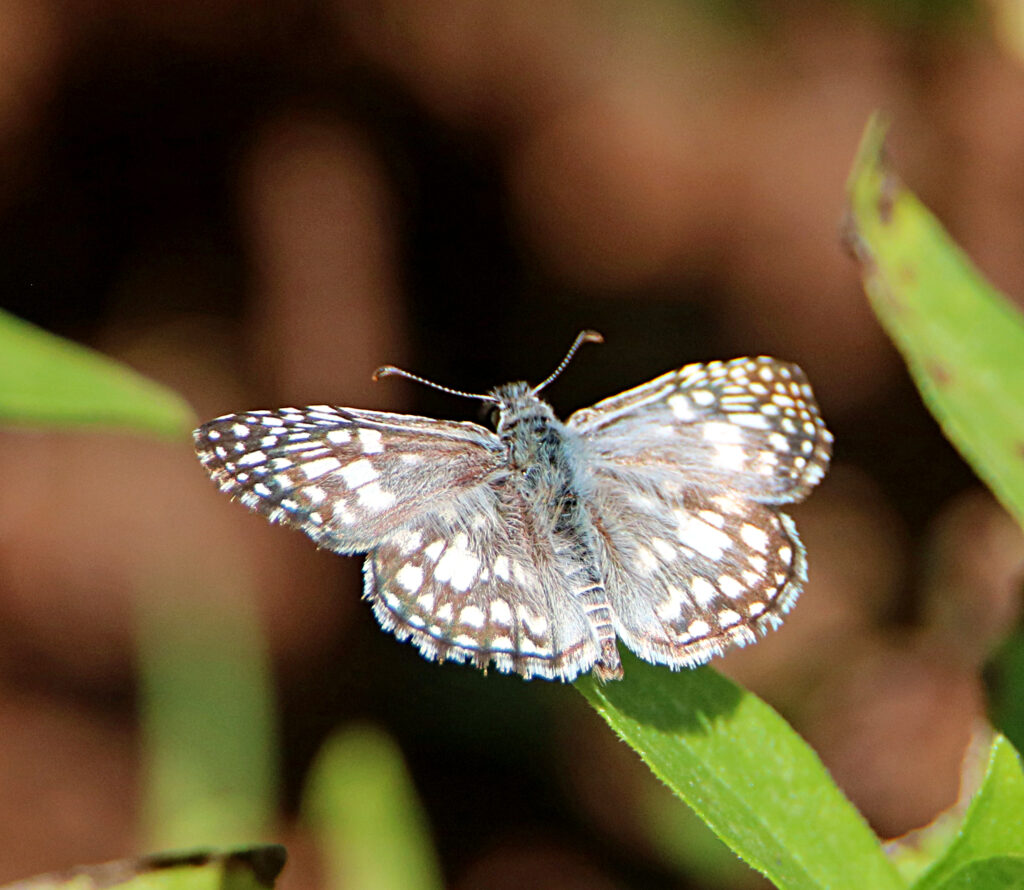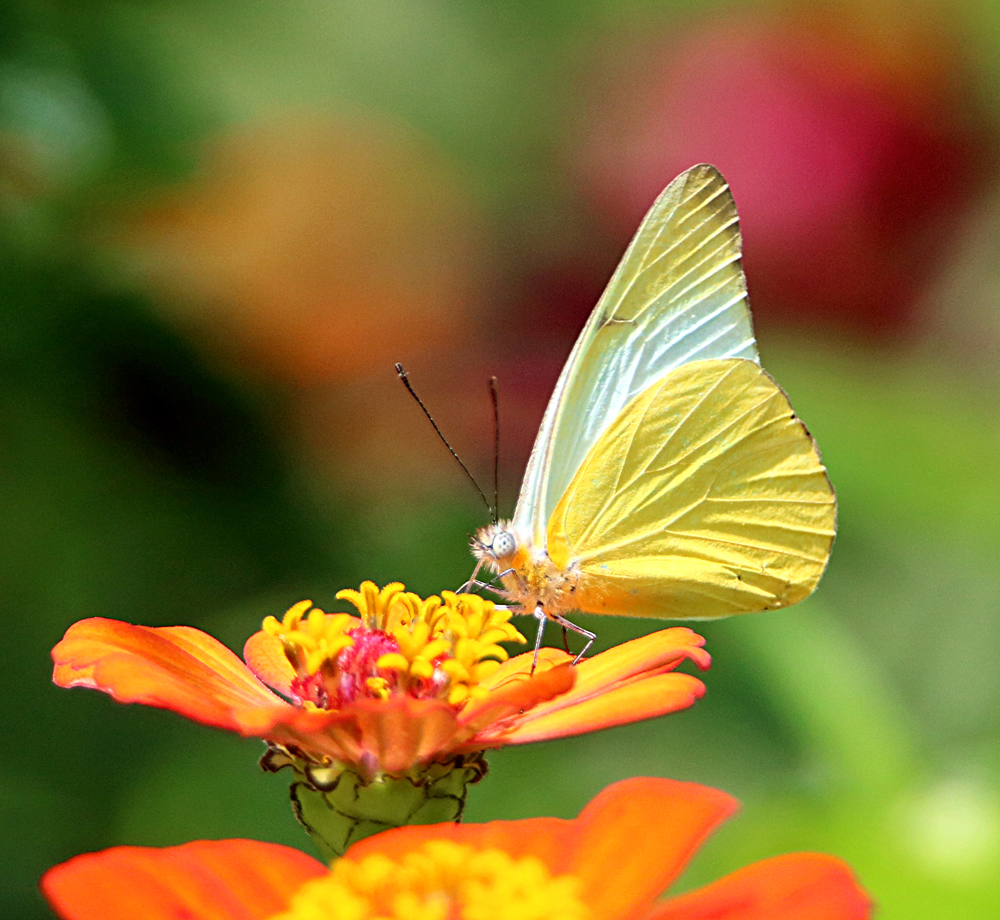The Tropical Checkered Skipper, Burnsius Oileus (my gallery link) is found from the Gulf Coast of the U.S. south to Argentina.

¡Pura Vida!
Butterflies photographed in Costa Rica and nearby
The Tropical Checkered Skipper, Burnsius Oileus (my gallery link) is found from the Gulf Coast of the U.S. south to Argentina.

¡Pura Vida!
Hecale Longwing, Heliconius Hecale (my gallery link) is found from Mexico south to the Peruvian Amazon, including my garden in Costa Rica! 🙂 My gallery includes sightings in 8 different Costa Rica locations on both slopes. Here’s a side view and a top view recently in my garden:


¡Pura Vida!
Have I told you yet that a Keel-billed Toucan landed in my Cecropia Tree the other morning after breakfast? He was smaller than some, so probably immature or not quite an adult. And it was one of the few mornings that I did not take my camera with me to breakfast on the terrace! I slowly pulled the cell phone out of my pocket and turned it on just as he flew away! Oh well, that’s life! ¡Así es la vida! 🙂 And my camera has been with me for breakfast every day since! 🙂
See more in my gallery: Giant Swallowtail. This one in my garden:

¡Pura Vida!
Cloudless Sulphur, Phoebis sennae (my gallery link) is one of the fewer butterflies that are still hanging around my garden.

¡Pura Vida!
See more in my gallery of Tulcis Crescent, Anthanassa tulcis.

¡Pura Vida!
One of those beautiful butterflies with its simplicity I think, the Golden Melwhite, Melete polyhymnia (link to my Gallery).

¡Pura Vida!
I’ve seen this one only one other time and just the top of wings then, which are a bright blue, while this folded wing view shows the underneath side of wings to be brown. He is the Red-headed Firetip, Pyrrhopyge zenodorus (linked to my gallery). Photographed yesterday across the street from where I live.


And yeah, I know, the top of this one seems to be more brown than blue, so maybe one of nature’s exceptions. You can see a bright blue one in my gallery linked above. 🙂
¡Pura Vida!
I got only half as many butterfly species this October as I did in September of last year at Hotel Banana Azul (16 vs 33), but even then I photographed 5 new species for me, all kind of plain and brownish, and all but 1 Skippers. But they still add to my butterfly photo collection with now about 305 species in my Butterflies & Moths of Costa Rica Gallery. Here’s those 5 new species from my recent Caribe trip . . .

I’m still planning on some more posts from this first week of October trip, but you can see all of my acceptable photos in the trip gallery by clicking this linked title or the image of first page below. 2024 October 1-6, Hotel Banana Azul, Caribe Sur

¡Pura Vida!
And to learn more about Hotel Banana Azul, click that name link! Note that the header photo on their web page was made from “my room,” the one I get on each visit, called “The Howler Suite.” 🙂
There are no big chain hotels or resorts on the Caribbean side of Costa Rica (like the Pacific side). All are small, locally-owned, very friendly and helpful people (muy amable), with simplicity and tranquility. The Caribbean side is not for everyone, but I like it; both the laid back Jamaican atmosphere of the south or the Amazon Jungle atmosphere of the north Caribbean at Tortuguero National Park. The south has Cahuita National Park and Gandoca-Manzanillo Wildlife Refuge, making the south also a great place for nature photographers in a different way than Tortuguero where you are mostly on the water. I encourage my fellow expats living in Costa Rica to give this side a try as something different from the Pacific Coast or the mountains. I love every area of Costa Rica because each is different! That is just the way I am! 🙂
This is probably one you have seen, found in most of the Eastern and Southern U.S. all the way south to Argentina, the Fiery Skipper, Hylephila phyleus (my gallery link). Like many butterflies, the top and folded wings views are different and distinct. Here’s a shot from the Caribe of both views, and of course the one with a bee in it made me smile! 🙂


¡Pura Vida!